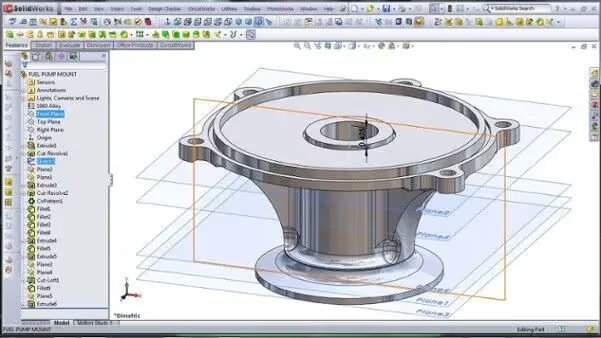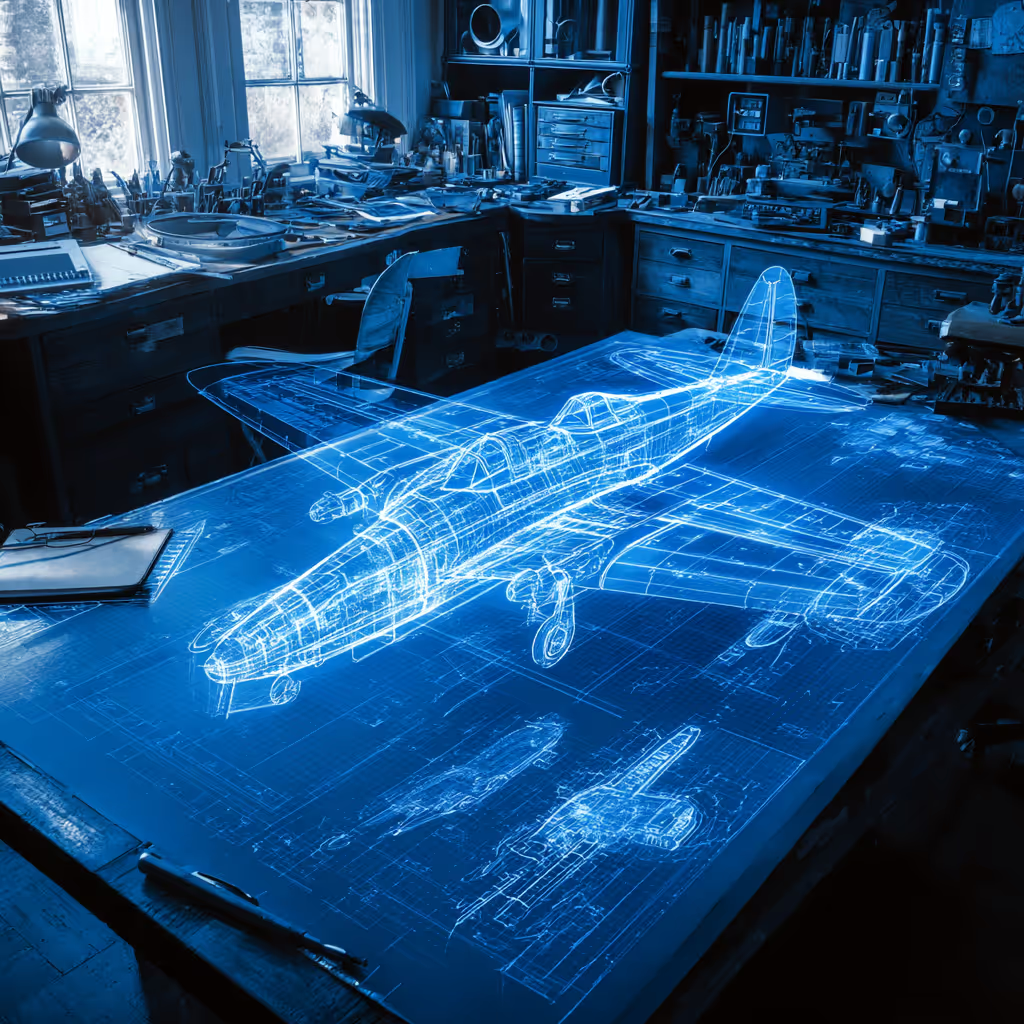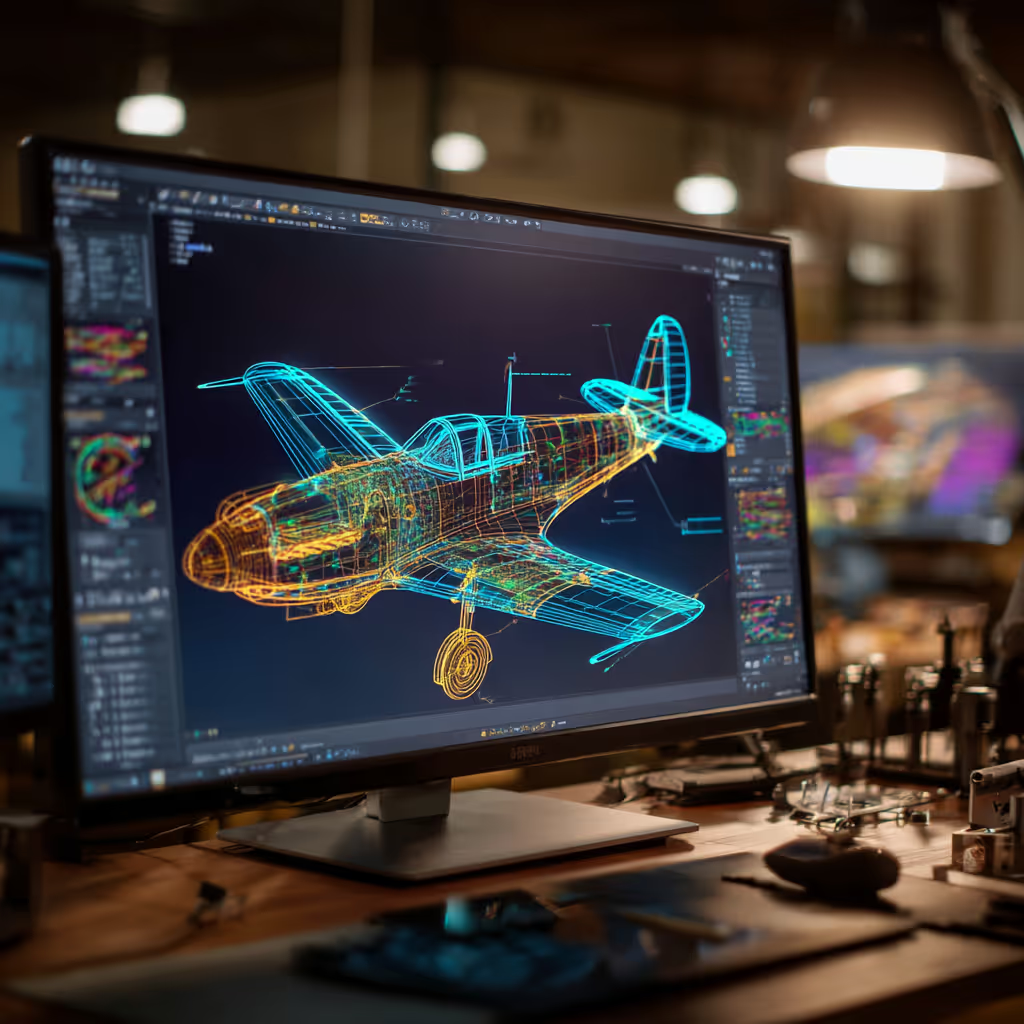Why 3D CAD Models Are Used in the Design Process

Computer-Aided Design (CAD) is no longer an extra aid, but a must for the design process. If we take heed of the dynamic for today’s market, traditional design is unlikely to satisfy rapid innovation demand. On the other hand, CAD offers tools that thoroughly reduce design cycles in time and cost savings. With its maximum accuracy, there’s no need for redrawing after drafting mistakes nor manufacturing prototypes. For every phase of the design process, there’s something CAD will always offer.
Conceptualization
A model made for design is known as parametric. It means that every dimension, relation, feature, and step defining the model is shown on history-based management. This lets you reflect your design intent on a quickly editable interface, meaning plenty of space for customization and design freedom and your concept’s progress.
Regular drafting is a tedious and rigid method. Prone to many errors it hinders the process quality and final result. Everything that took so much trouble in the past now is solvable automatically in few steps. As a clear case, technical drawings can be quickly generated from a model. CAD software not only deals efficiently with models, but with entire assemblies and complex surface geometries that would otherwise need outstanding drafting expertise to draw manually.
Visualization
CAD interfaces offer a clear view of how the design should look from every angle and scale. Having your model on a 3D space helps the designer have a clear idea of the final result. To make it even better, visualization tools go beyond just that. It’s possible even to control transparency and wireframe views, letting you seeing hidden edges.
You can even create scenes with photo-realistic rendering, which is used for presenting your project for marketing goals like funding and sales. To top it all off, viewing how motion works within the parts of an assembly spares the trouble of assuming too much. The benefits of having a better view of the project led designers to make better choices.
Analysis
Everything’s ok with conceptualizing, but what about its properties. Product design goes beyond how it looks; there’s also the need to meet its intended requirements. Through CAD software, you can easily calculate the volume of your model. By assigning material properties, the software will know how much it will weight (along with other traits like edges of inertia). Having a precise digital copy of your product can test it as a virtual prototype through simulation. From this, you save valuable time and real-life testing costs.
Conventional designing depends on a standard calculation, which is prone to many errors. On the other hand, digital designing does everything for you while displaying descriptive graphics based on its qualities and quantities. Simulation sets the model on context, submitting it to loads, heat, fluids, collisions, vibrations, and many more options. After getting the results, you can make clear decisions on how to optimize your design further.

Simulation through FEM analysis describing stress distribution for a part submitted to defined fixtures and forces. (Courtesy of williamsullivaniv.weebly.com)
Manufacturing
For manufacturing processes, CAD has a branch known as CAM (Computer-Aided Manufacturing). CAM software lets you test the intended manufacturing process, step by step, for a clear idea of how effective it can be. For methods like CNC and 3D printing, having a 3D model is required to generate the instructions for the machine to do its work.
Management, Communication, and Standardization
For every design cycle, management is essential. In everyday life, you can see how computer networking eases all kinds of purposes, like banking, shopping, writing, making data tables, just to say a few. From a design workflow point of view, engineering CAD software is a great advantage. Parametric models store all the data you need for documentation within, saving you the work of stacking files in real life.
This implies considerable boosts to data transfer and communication, which is critical for running design cycles. CAD files can be easily shared, leading to further collaboration between designers and manufacturers. Frankly, just one click is enough to send a file for manufacturing. With full data control, CAD software can easily integrate standard norms into your design process. Meaning ease of use for unit, template, and tolerance configuration plus standardized tool libraries.

Medtronic shared all the design data for the PB560 model to fight COVID19. Anyone can download it from their page (Courtesy of @sterlingeng Twitter account)
Today’s market is more intense than ever. Factors like digital globalization, problematic compliance norms, and a faster pace on technology continually alter the optimal balance between time, quality, and costs. Enterprises not only need to innovate, but they ought to continually improve management systems with efficient use of their assets to keep up with the market pace. Having a solid PDM (Product Design Management) is a must for productivity, but what are the benefits of CAD software?
Well, a PDM software allows for the integration of all the processes among a design project. A traditional design workplace requires great spaces for drafting and documentation storage, which is managed manually and with serious communication issues. On the other hand, having everything integrated into a PDM system only requires a server-client network where all the design team interconnects from their computers. A PDM system can do for your enterprise is a whole more profound subject, but some of the main advantages are introduced:
- Ease of access to files across the whole system
- Complete visibility on automated workflow status and history
- Administrative control over user permissions, defining who gets to work on what and when, to avoid conflicts
- Powerful search tools
- Notifications
- Duplicates detection and data replication
- Automatic updates on related files after editing. In other words, the software guarantees consistency between:
- Part files
- Related assemblies
- Bills of materials (BOM)
- Metadata (Serial number, creator, standard norms, version, comments, etc.), drawings
- Data files like Excel tables and PDF reports
- Smooth and efficient verification control for design inspection.
- Robust data security via an electronic vault system and user credentials
- Remoteness. Stakeholders can participate from distant geographical locations.
- Further integration into broader PLM (Product Life Management) and ERP (Enterprise Resource Planning) cycles
In short words, a PDM based design process makes the complex, simple, and the disconnected, connected.

A diagram representation of data storage within a PDM system. (Courtesy of Researchgate.net)
Acquiring full quality CAD systems can be costly to implement in your company infrastructure. Even if it isn’t, it requires experienced personnel for optimal use. Even the greatest enterprises need outsourcing processes with third party services like ours. Having a team of experts that will do the work with the utmost professionalism while advising you on your project and decision is, without a doubt, an excellent investment.
Recent Posts


Tips for Picking the Perfect 3D CAD Viewer for Your Needs
This guide will teach you about 3D CAD viewers and outline considerations to make before picking the right one. We review 5 options and pick a clear winner.

In this guide, you’ll learn how CAD/CAM Services can save you time and money during each digitization project. Digitization can make manufacturing faster than ever before.

How to Build an Aircraft Model by Converting 3D-Scanned STL Files into Functional 3D STEP Files
This in-depth guide will teach engineers how to use 3D-scanned aircraft files and transform them into manufacturable 3D STEP files with fewer mistakes.
